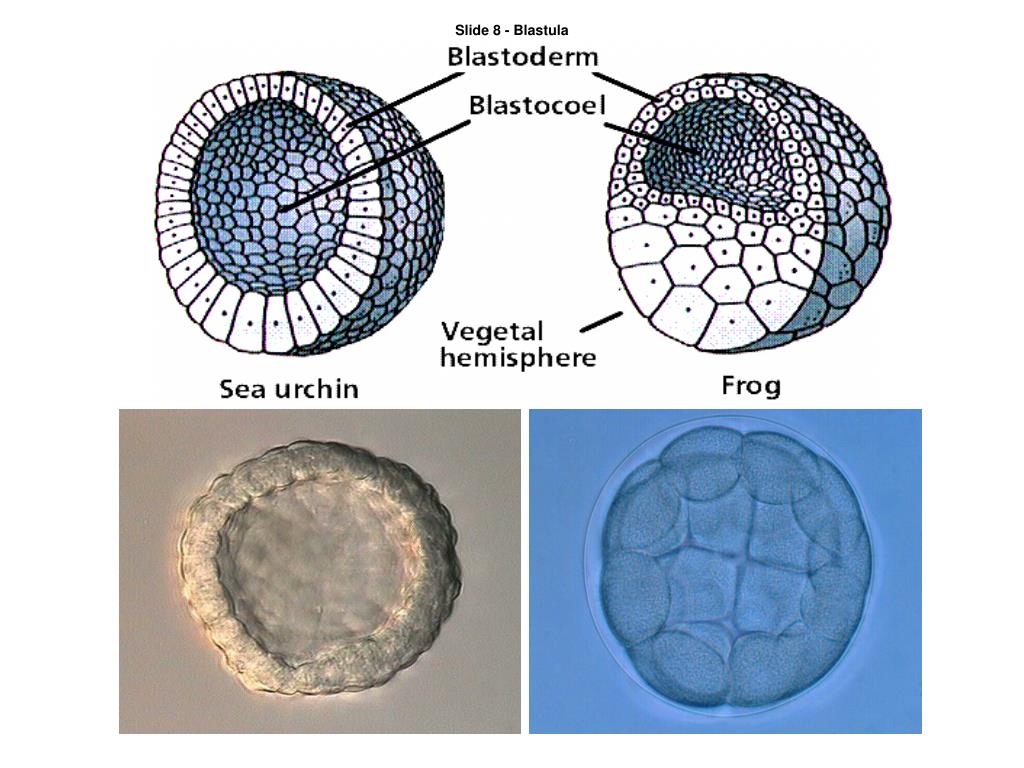

An important role of the maternal dowry for gastrulation has been shown for Gdf3/Vg1 maternally expressed Gdf3/Vg1 is thought to form heterodimers with zygotically expressed Ndr1/Squint and Ndr2/Cyclops to ensure rapid and robust Nodal signaling activation following the ZGA ( Montague & Schier, 2017 Pelliccia, Jindal, & Burdine, 2017). Similarly overlapping roles of maternal and zygotic expression have been reported for smad2 ( Dubrulle et al., 2015). Indeed, zygotic one-eyed pinhead ( tdgf/oep) mutants exhibit endoderm and prechordal mesoderm deficiencies ( Schier et al., 1997), but MZ oep/tdgf mutants lack endoderm, most of the dorsolateral mesoderm, and consequently hardly any internalization ensues, and strong C&E defects arise, thus phenocopying ndr1/squint ndr2/cyclops compound mutants ( Feldman et al., 1998 Gritsman et al., 1999). Yet, multiple Nodal and FGF signaling pathway components are both maternally and zygotically expressed, indicating the mother has some saying in this process as well. Since ndr1/squint and ndr2/cyclops genes are primarily zygotically expressed and have been identified in zygotic mutant screens ( Erter, Solnica-Krezel, & Wright, 1998 Feldman et al., 1998 Hatta et al., 1991 Sampath et al., 1998), the process of mesendoderm internalization is controlled by the zygotic genome. To induce mesoderm and endoderm in the common progenitor pool, Nodal was proposed to induce long-range Fgf signaling but inhibit it locally ( van Boxtel, Economou, Heliot, & Hill, 2018). Nodal signaling acts as a morphogen, with its highest levels specifying endoderm, and prechordal mesoderm and lower levels chorda mesoderm, followed by paraxial mesoderm ( Chen & Schier, 2001). Nodal engages Ndr1/Squint and Ndr2/Cyclops ligands that form heterodimers with Vg1 ( Feldman et al., 1998 Montague & Schier, 2017 Sampath et al., 1998), and signal via the receptor complex-comprised of two each of the type I and type II serine-threonine kinase Activin and the co-receptor Tdgf/Oep, which once activated phosphorylates the downstream transcriptional effectors Smad2/3 ( Marlow, 2020 Schier, 2009). In zebrafish, Nodal signaling takes center stage. In vertebrate embryos this involves various combinations of the Nodal, Wnt/β-catenin, BMP and FGF signaling ( Marlow, 2020 Nowotschin & Hadjantonakis, 2020 Pinheiro & Heisenberg, 2020 Schier, 2009). The process of EMT and internalization, as well as the ensuing migration away from the blastopore is dependent on mesoderm and endoderm induction ( Carmany-Rampey & Schier, 2001 Keller et al., 2008). As in frogs and fish, cells embarking on internalization are of mesenchymal character however, this process is not preceded via a classic EMT, but likely by an EMT variation ( Pinheiro & Heisenberg, 2020). Subsequently, the wave of internalization spreads laterally to reach the ventral side of the embryo, where it takes the form of synchronized ingression with many individual cells internalizing simultaneously ( Kane & Adams, 2002 Keller, Schmidt, Wittbrodt, & Stelzer, 2008). In zebrafish, mesendoderm internalization is initiated on the dorsal side of the gastrula at 5 hpf via ingression of individual cells ( Montero et al., 2005 Shih & Fraser, 1995). However, cellular mechanisms of this process vary from the invagination of the ventral epithelium sheet in Drosophila, to involution of the mesenchymal layer in frogs, to ingression of individual mesenchymal cells following an epithelial to mesenchymal transition in sea urchin, chick and mammals (reviewed in Solnica-Krezel & Sepich, 2012). Mesendoderm internalization via a blastopore brings the mesendoderm beneath the surface ectoderm and is the defining and conserved movement of gastrulation ( Fig. Lilianna Solnica-Krezel, in Current Topics in Developmental Biology, 2020 4.5 Mesendoderm internalization


 0 kommentar(er)
0 kommentar(er)
